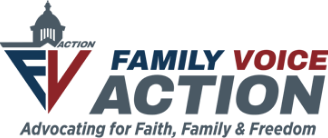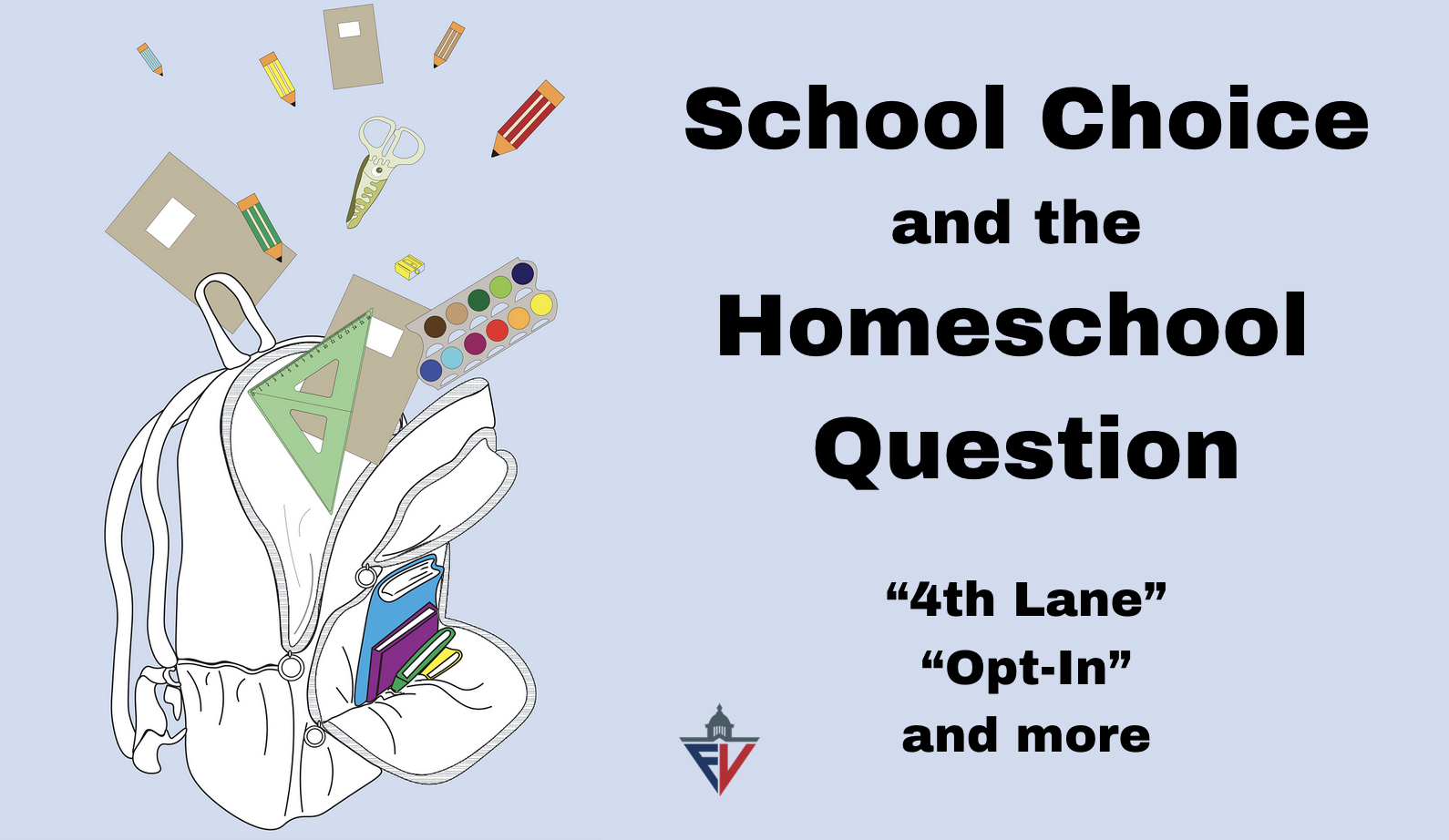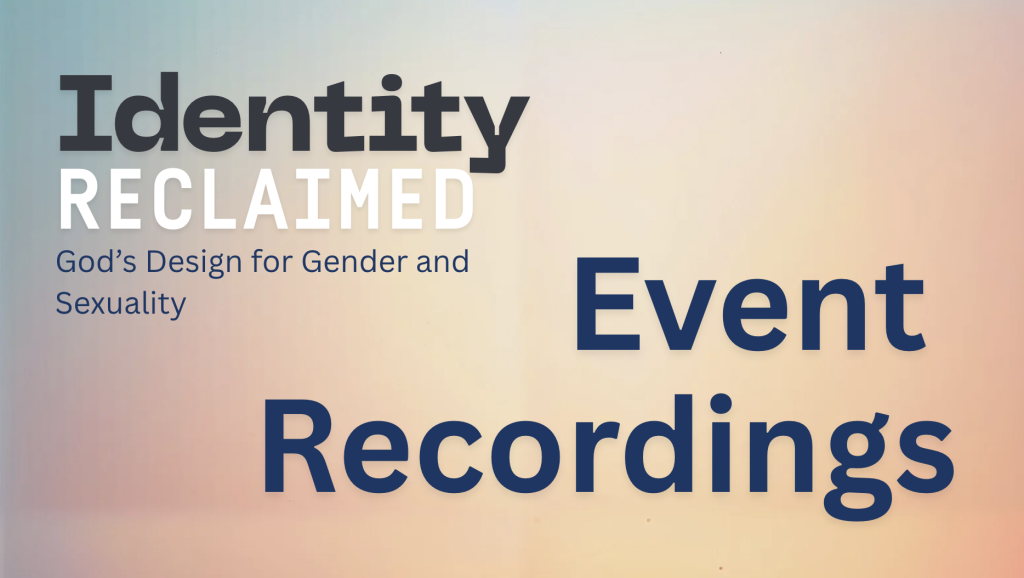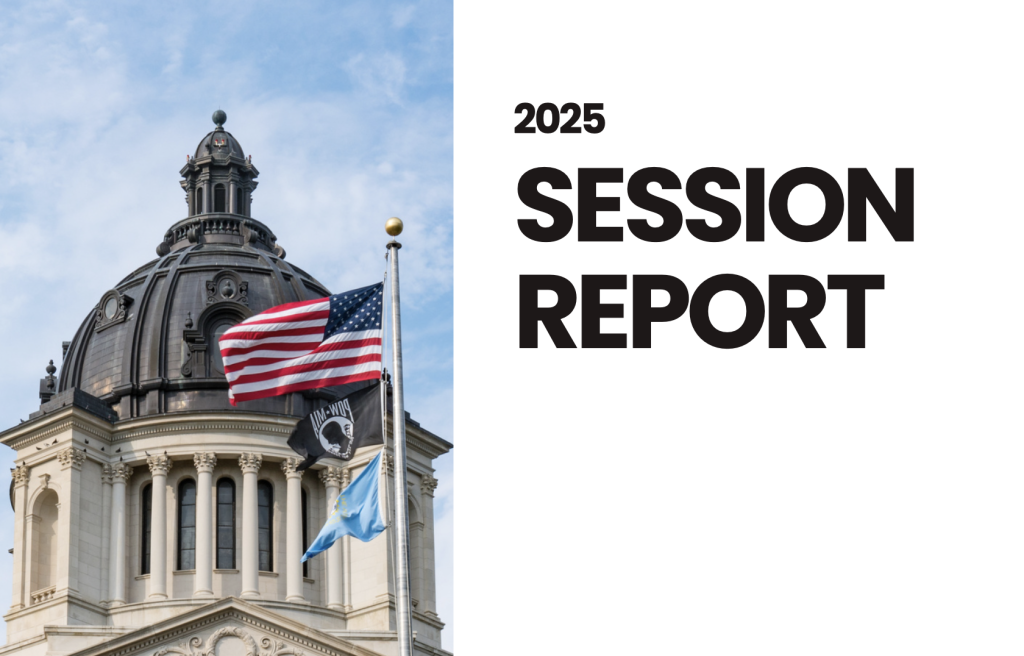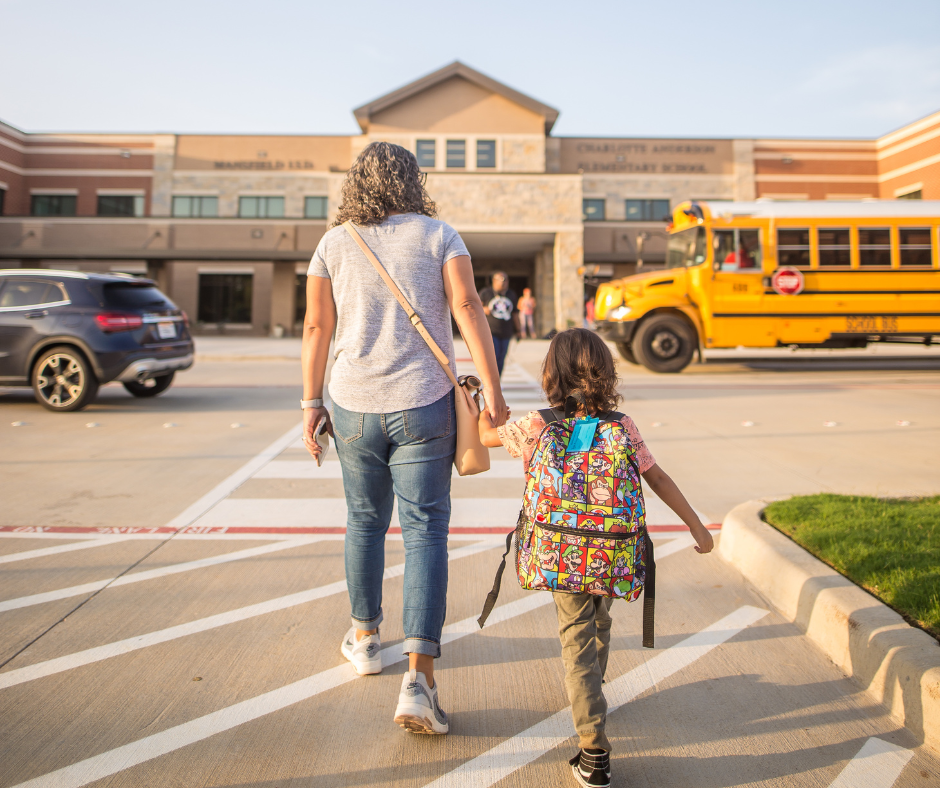Update: With the approval of a pending amendment, HSLDA & FAIRSD will be neutral on HB1020.
This legislative session multiple bills have been introduced with the goal of starting an Education Savings Account (ESA) program. The primary goal is simple: create flexibility in state funding to empower parents to make the best education plan for their child. The state currently funds education for most students, but that funding is limited exclusively to public schools.
HB1009 and HB1020 are two pieces of legislation that seek to create this flexibility. The bills seek to give parents additional tools to craft their child’s education. The bottom line is this: Government doesn’t have any money – they only have money they’ve taken from the taxpayer, and ESA’s give a portion of it back.
In her budget address, Governor Noem announced her support for ESA’s and circulated her first draft of what the legislation could look like shortly after.
HB1009 and HB1020 are structured very differently, and this difference has sparked a debate among the families who homeschool their children in South Dakota. Questions are being asked such as:
• What are the strings attached if a family applies for an ESA?
• Should homeschool families be eligible?
• What is the best way to safeguard the right to homeschool for future generations?
These are the right questions for a homeschool family to be asking, and Family Voice has been analyzing them as well.
When attempting to answer these and other questions, there are essentially two options for crafting the legislation, which have been dubbed “4th Lane” and “Opt-In.”
4th Lane and Opt-In can both be good options for protecting homeschool families.
A brief explanation of “4th Lane”
South Dakota currently has 3 legal pathways to educate a child: Public School, Private School, & Alternative Instruction (homeschool). The 4th Lane legislation is written to exclude any traditional homeschool family from being involved in the ESA program. However, a new category of education is created, which is identical to homeschooling except the family is eligible to apply for an ESA. This 4th option would be added to the law as a new legal pathway or “lane.”
The process: a homeschool family would need to revoke their current homeschool status and apply for a new legal category of education to qualify for an ESA.
A brief explanation of “Opt-In”
The Opt-In structure continues to use the current three “lanes” of education, and allows for homeschool families to apply for an ESA if they choose.
The process: a homeschool family would apply for the ESA program if they wanted to be included.
The arguments for “4th Lane”
The friends advocating for 4th Lane language make the argument that the only way to safeguard the ability to homeschool is to completely exclude traditioanl homeschoolers (called “alternative instruction” in South Dakota law) from the ESA program. It’s reasonable to assume that when funding is distributed through an ESA, regulatory accountability may follow someday. Although this accountability and government involvement may be reasonable for any family taking ESA funds, the state should not be placing burdensome regulations on families who do not receive any ESA funding.
The proponents of the 4th Lane structure believe traditional homeschool families (“alternative instruction” in South Dakota law) should not be eligible for an ESA.
The bottom line argument: If homeschool families are eligible for the funding, future regulations might be placed over all homeschoolers, regardless of ESA participation.
The arguments for “Opt-In”
With strong Opt-In language, the lines of regulatory jurisdiction are made clear. The legislation can explicitly clarify that the creation of the program and the eligibility of homeschool families does not create any new regulatory authority over any family who chooses not to apply for an ESA. The ESA chapter is an entirely new chapter of code, and the provisions of the new code only apply to the families who would choose to step into the program.
The proponents of an Opt-In structure believe homeschool families should be able to apply for an ESA if they want to.
The bottom line argument: If homeschool families want to participate, they can. If they don’t, the legislation (and future regulations) would have no effect on them.
Our team has consulted with friends and allies, listened to both sides of the debate, weighed the pro’s and con’s, and has concluded that either structure can be crafted in such a way that protects homeschool families for generations to come.
Before further explaining our position, a few notes of background may be helpful.
My first official step into politics was testifying in front of the Senate Education Committee – I was 14, and in my hand was testimony provided for me by an attorney from Homeshool Legal Defense Association (HSLDA).
My family has always been involved in the homeschool fight, and my parents served as President of the previous homeschool lobbying group. I can remember one morning as a kid when our phone rang (yes, it was a landline). I answered the phone, and on the other line was the mom of one of my friends, fighting back tears of fear as she explained that her family was being charged with truancy. I knew where my mom kept her homeschool files, and immediately gave this mom the contact for HSLDA’s top attorney.
Days later we found out the true story – a local school employee decided to reject the families homeschooling paperwork, and did not notify the family of their action. The school waited, and after enough days of “missed school” had accrued, went after the family for truancy. The school had no legal authority to deny the homeschooling paperwork, but did so anyways as a political stunt to scare the family. This was not an isolated incident. Administrative games like these had become common, which pointed to the need for a change in the law (more on that in a moment).
I’ve seen the games that have been played, I’ve experienced the government overreach.
Fast forward to today, and I’m lobbying for SD Family Voice, a group with a demonstrated passion for protecting homeschool freedoms. We have worked countless hours on policies that benefit homeschool families, including Governor Noem’s 2021 legislation which made changes to the homeschool laws in regards to testing, notification, and activities. The testing portion removed the useless testing laws that had been in place, the notification portion remedied the administrative games that I had witnessed as a kid, and the activities portion gave homeschool families eligibility to join the public school for sports and other activities.
As a product of homeschooling and a future homeschool dad (our son is only 2), I’m grateful for these policy wins and I am passionate about safeguarding them.
I share all this to say, my personal beliefs and the history of SD Family Voice both point to a strong dedication for protecting homeschool families. We have been advocates for homeschool families for nearly 15 years.
Here is our analysis for why the “Opt-In” structure provides the same level of protection against future government overreach, possibly even stronger.
1 – The Opt-In structure, if done properly such as in HB1020, provides a simple structure with clear lines. If you want to file an application and participate in the program, you can. If you do not want to participate, nothing changes.
2 – HB1020 provides explicit clarification that the program does not give any new authority to regulate the families who do not chose to participate. Section 12 clarifies that “Nothing in this act imposes or authorizes the imposition of any additional requirements or restrictions on any parent or other provider of alternative instruction…”

3 – There is strength in numbers. The homeschool community can continue to build on their current momentum by remaining unified and not reducing our numbers. Together, we can defeat future attempts to place burdens on families. Splitting the community into two completely separate groups, the “regular homeschoolers” and the “other families who aren’t homeschoolers anymore,” may not be a wise long-term decision. You can’t multiply by division.
Dispelling concerns:
If some homeschool families enroll in the ESA program, and there are future regulations implemented on ESA’s, all homeschool families will be subject to the regulations.
This prediction is not accurate, because the provisions of the new chapter of law being created (for the ESA’s) only applies to the families who decide to join the program.
Creating an ESA program places a larger target on homeschoolers backs
Many in the public school lobby have disdain for homeschool families, and their efforts to regulate or undermine it will continue. The implementation of a new program doesn’t make it easier to craft a bad piece of legislation. These threatening pieces of legislation are not easier to write or easier to pass simply because an ESA program exists. In fact, splitting the homeschoolers into two groups may increase vulnerability more than ESA participation would.
Eligibility for ESA’s will result in regulations for everyone
If future regulations are added to the new ESA chapter in the law, those regulations would not apply to anyone who is eligible, they would only apply to those who are participating.
The bottom line: There are multiple options for implementing an ESA program while leaving alone the families who do not wish to participate. The requirement that families cease to homeschool and become a new type of educator under the law is not the only option for protecting homeschool families.
Ask your Representative to support HB1020! Our Legislative Email System makes it easy!
CLICK HERE to email your Representatives
